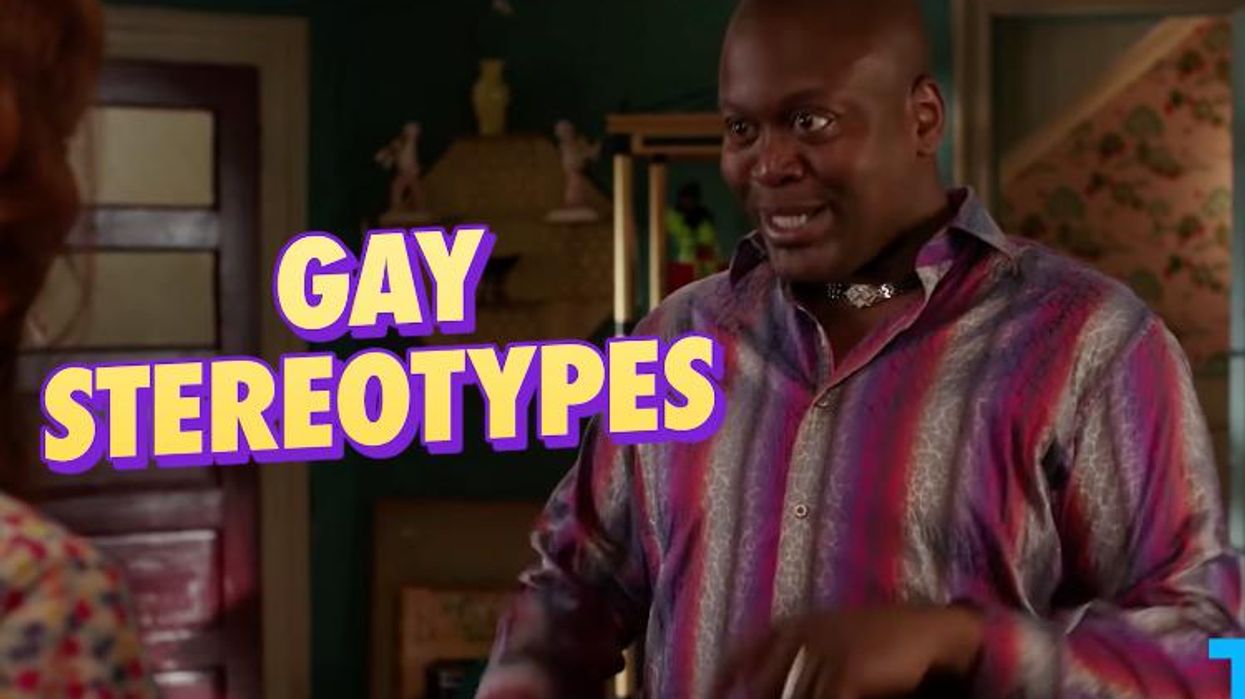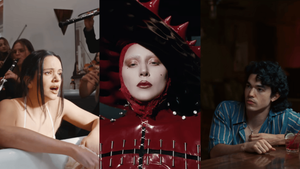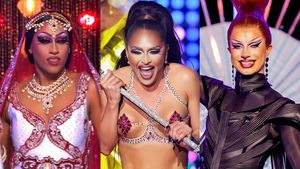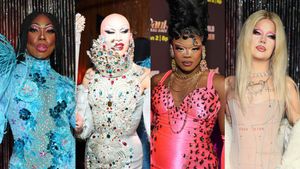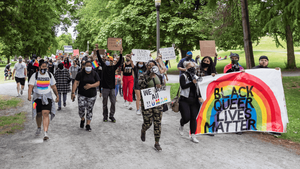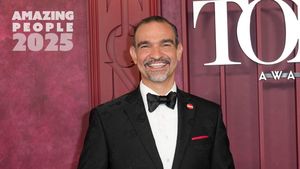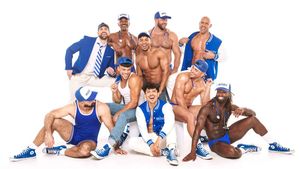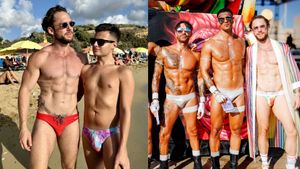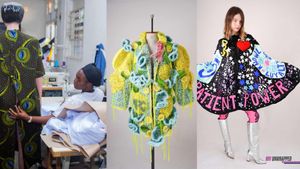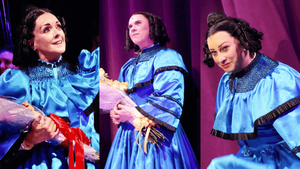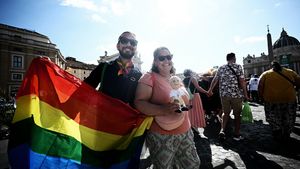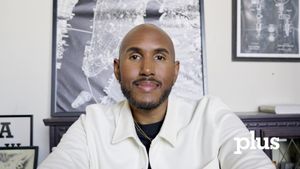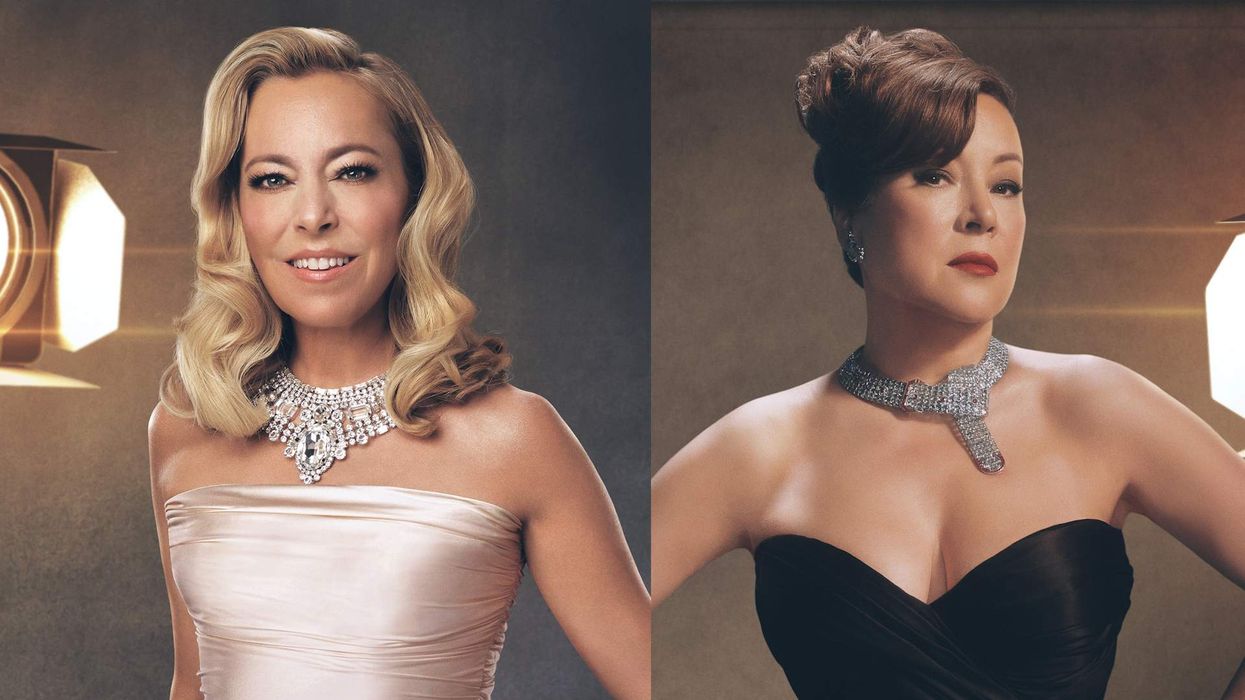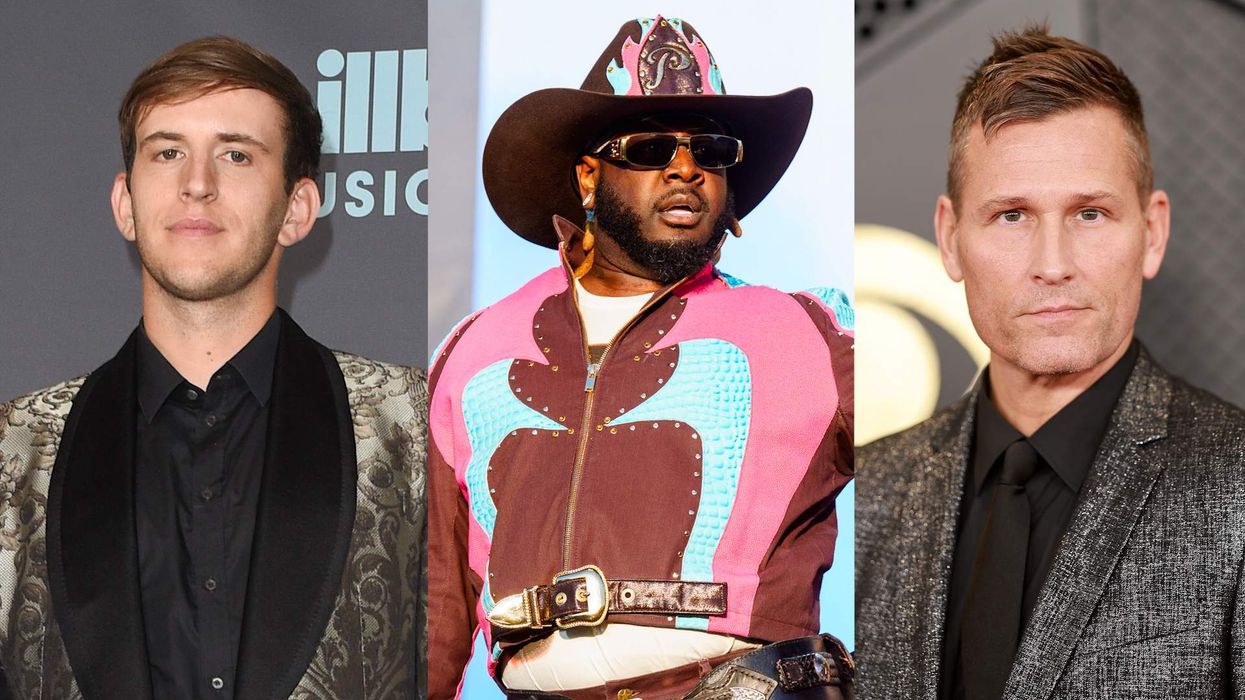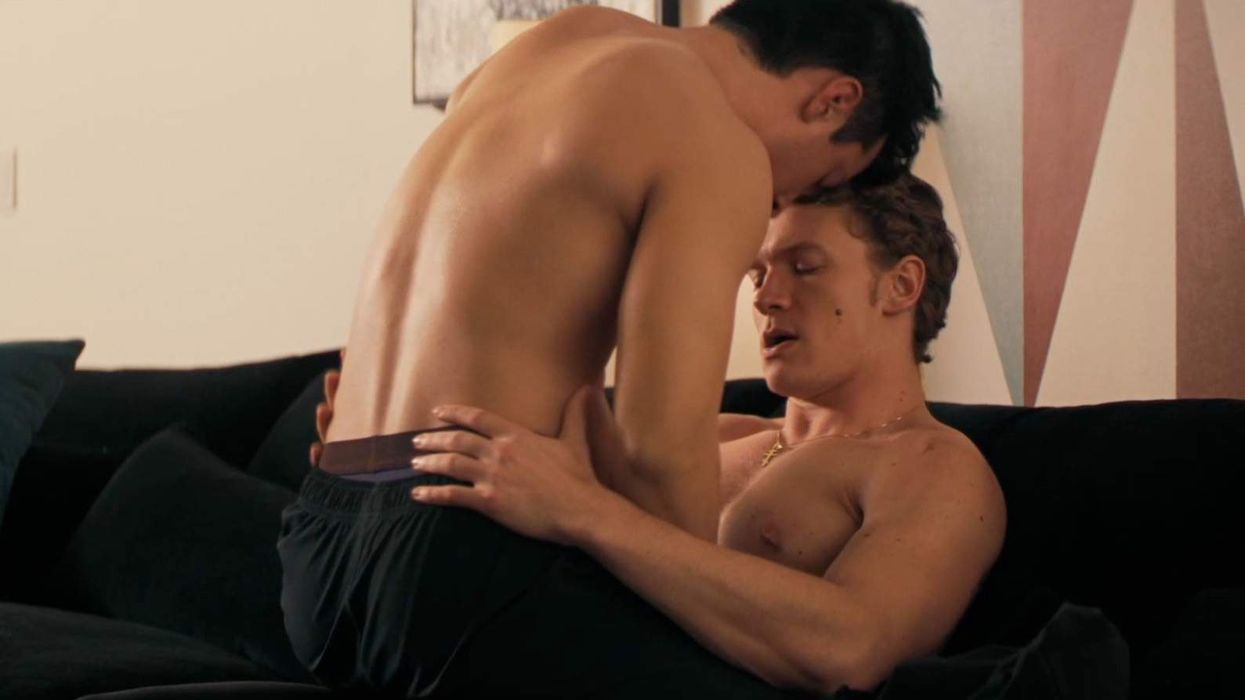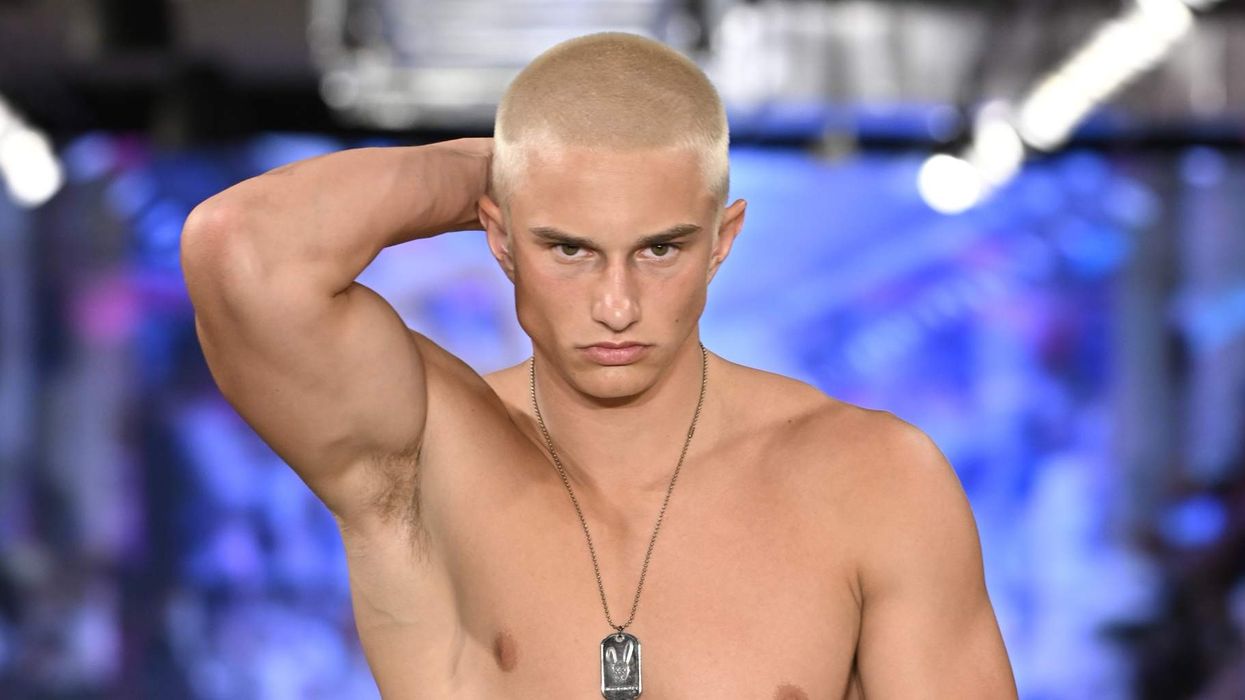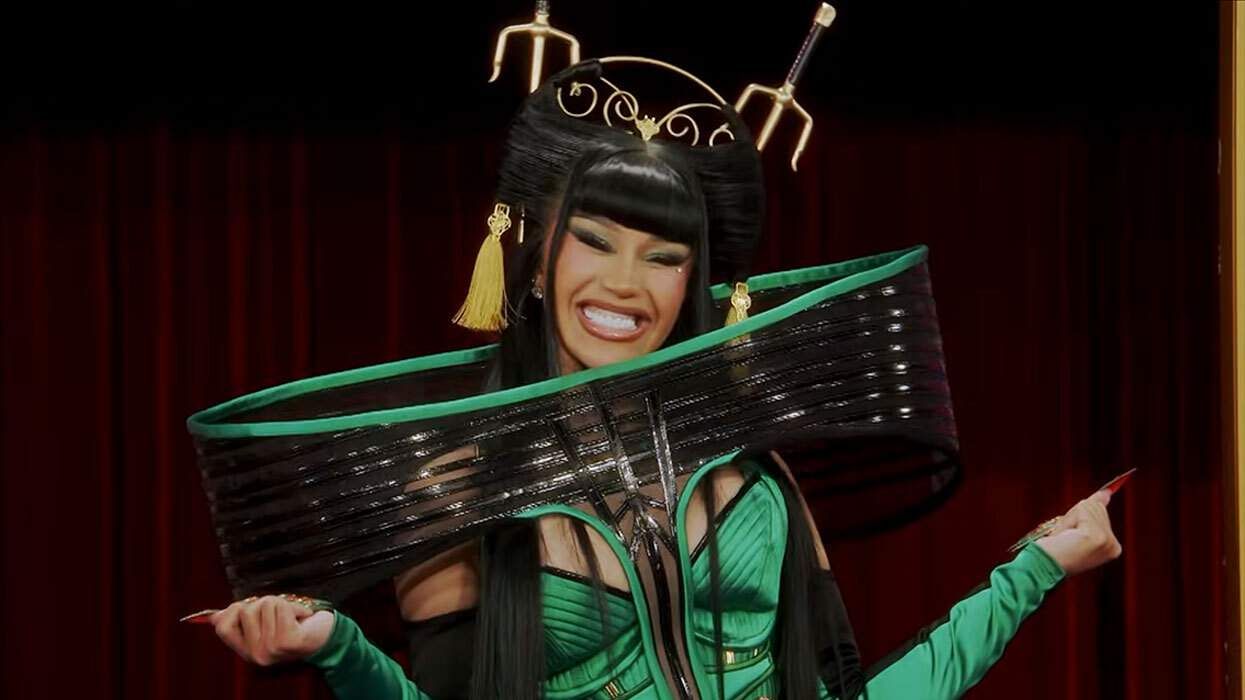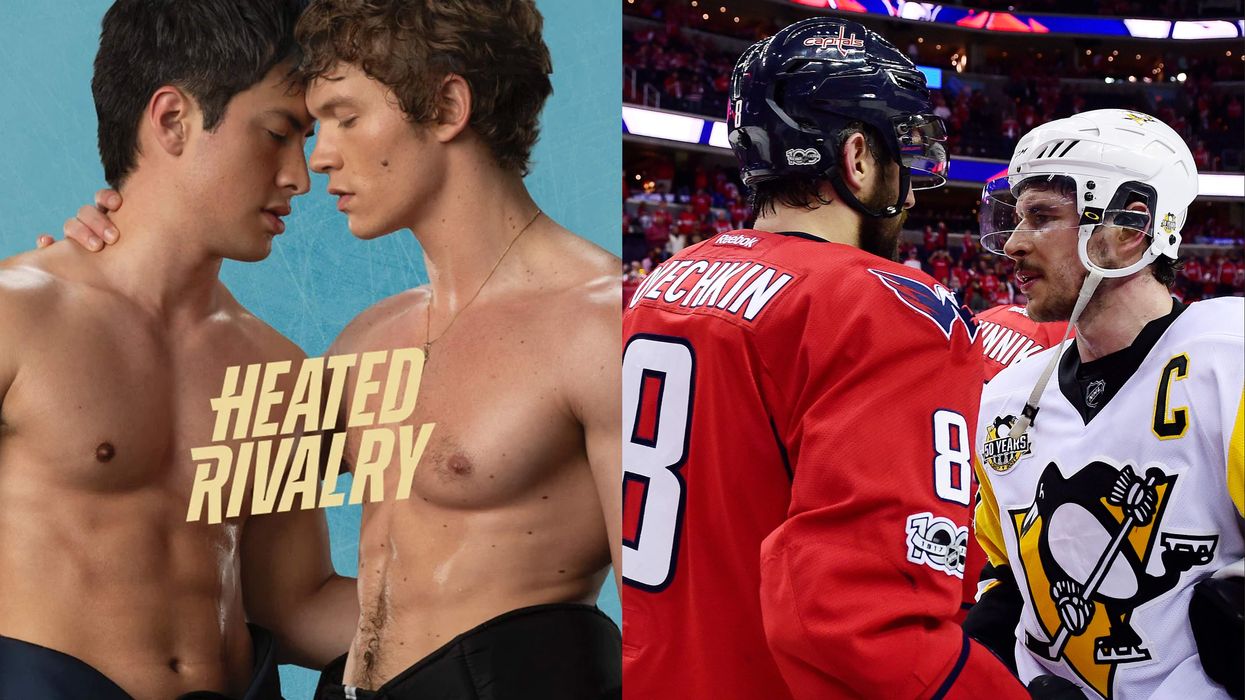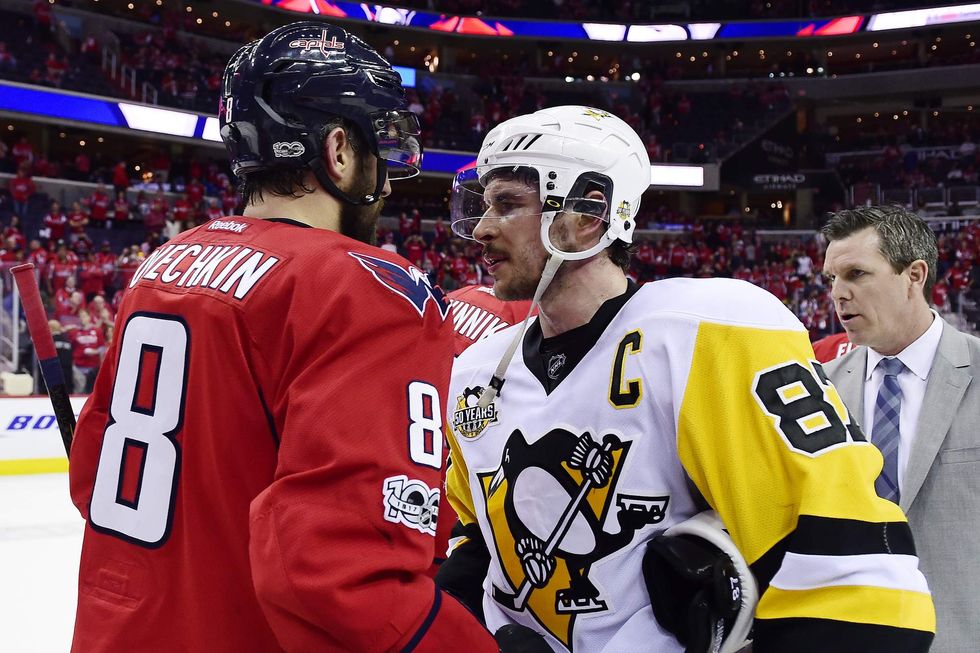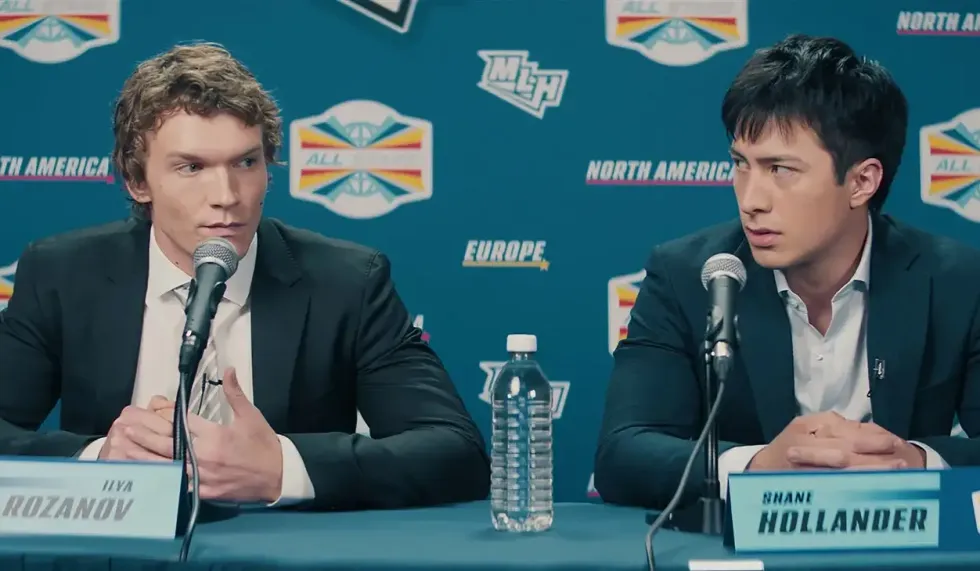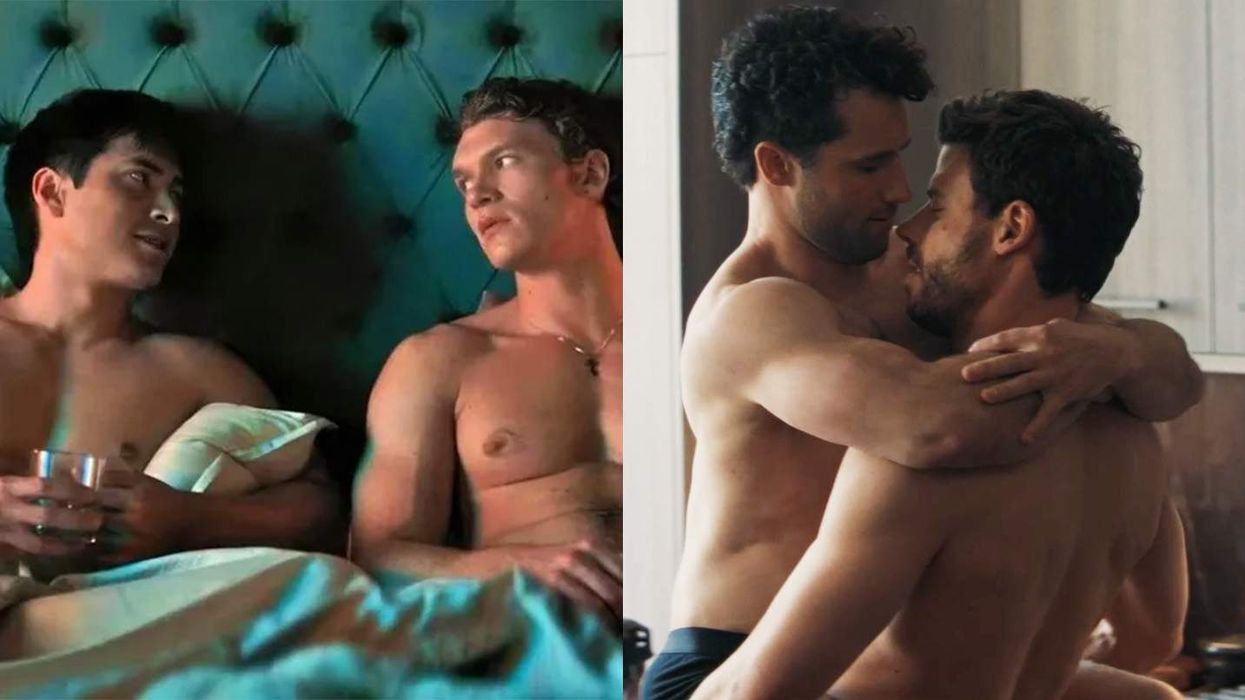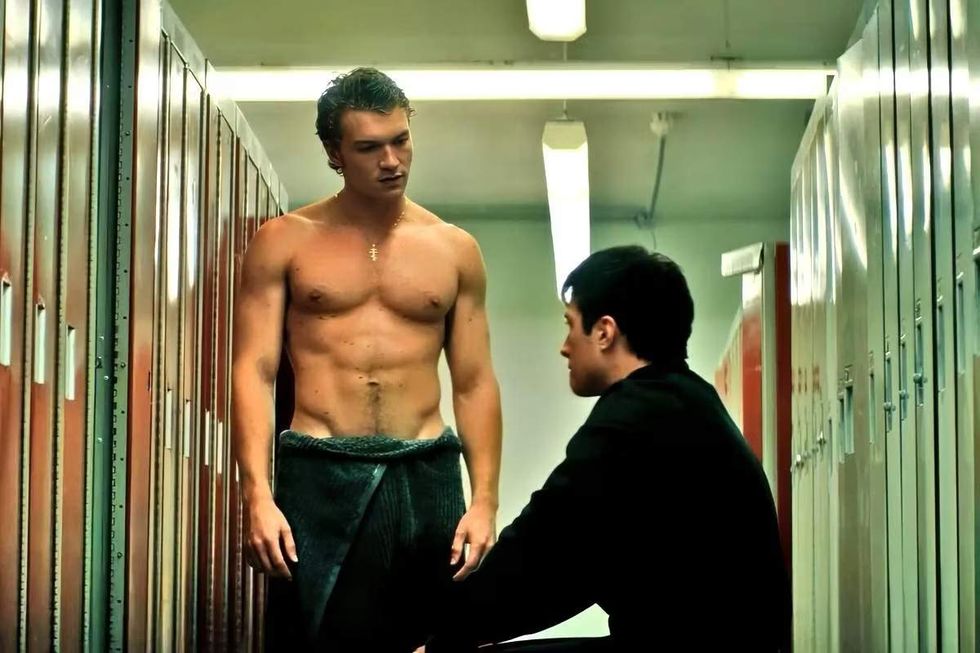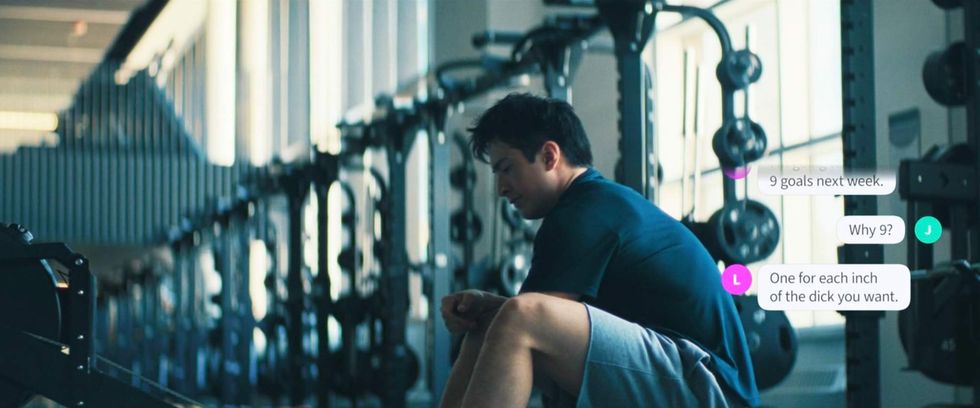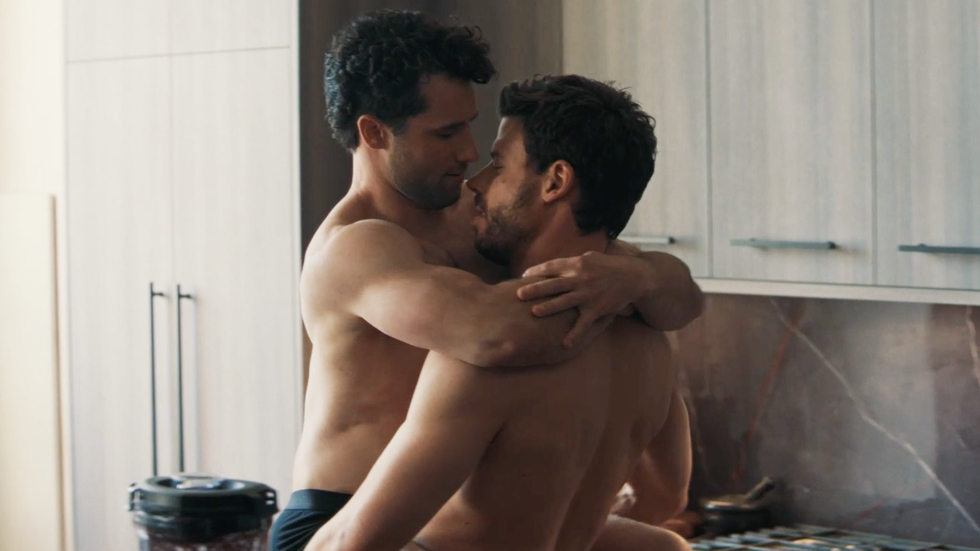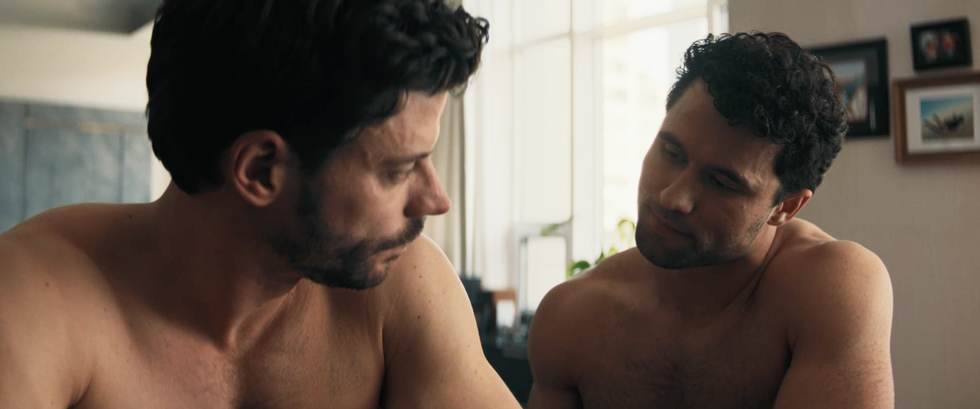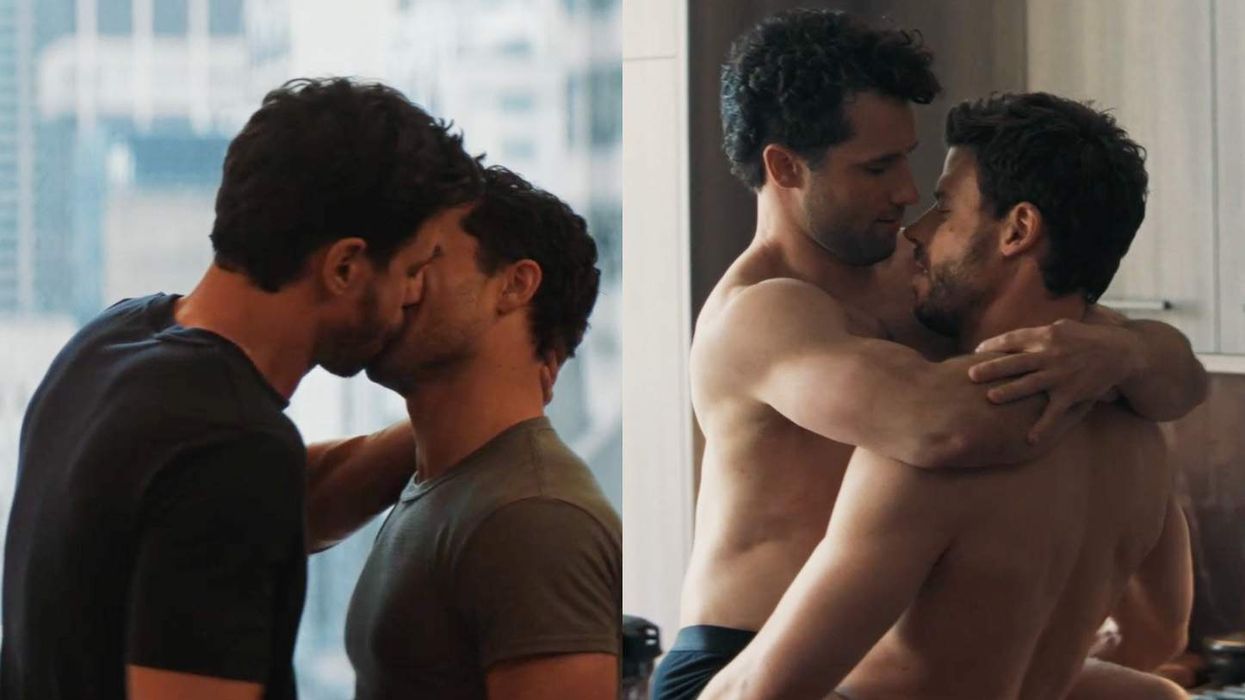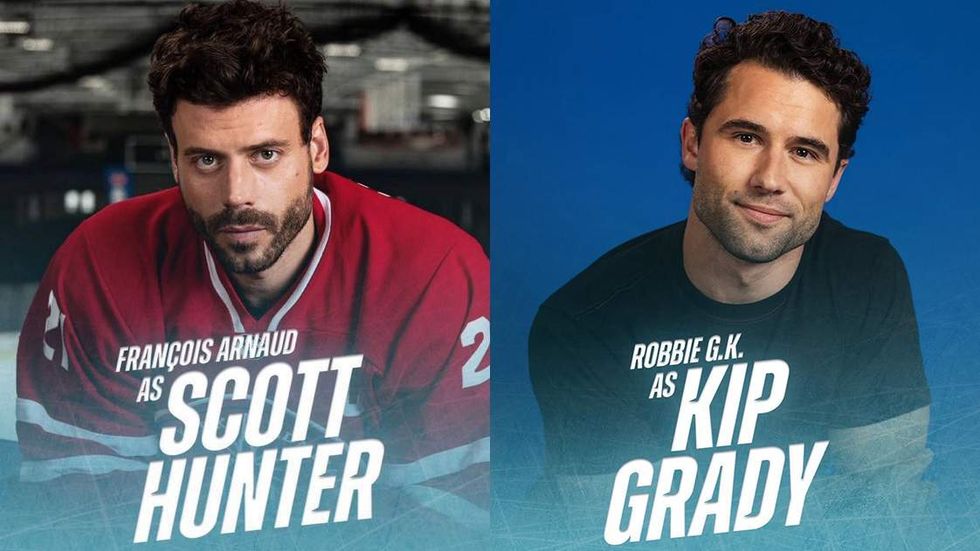There's no denying that the Gay Best Friend stereotype is all over pop culture, movies, and television, but have you ever wondered where the GBF comes from?
Over on YouTube, The Take has broken down the history of the GBF in film and TV, from the origination of The Sissy character through the '90s iteration that still persists today. When we think of the gay best friend, they usually exist to serve as a sidekick to the straight character, speak in stereotypes about fashion or platitudes about men, and lack sexual agency or oftentimes even other gay friends. (We're looking at you Clueless and Sex in the City.)
Those tropes began to be challenged in the 2010s with self-aware films like GBF and television like Unbreakable Kimmy Schmidt that commented on how dehumanizing being the gay best friend stereotype can be, even though the characters still fit into that box.
Only recently has media begun to truly break away from the stereotype. The Take points out characters like Eric on Sex Education, who at first slides into the trope but then canonically begins to comment on how the main character, Otis, is sidelining him. The plot then evolves to showcase both Otis and Eric's stories with similar time and space and heart. It's A Sin flips the GBF completely on its head, inserting a straight character into the queer spaces of the 1980s.
"As increasingly nuanced queer characters have emerged, the Gay Best Friend looks more and more like the product of a different era," The Take writes.
Watch the full video below!
